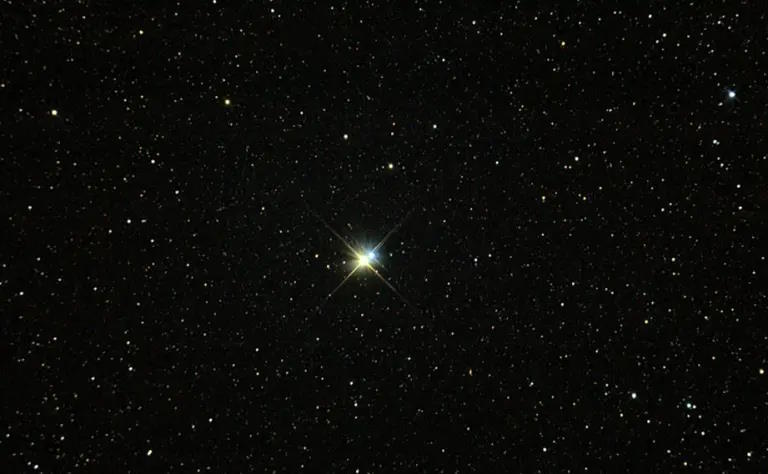Starts With A Bang podcast #107 – Binary stars and modified gravity

- The standard model of cosmology is also known as ΛCDM: a dark energy-dominated Universe (Λ) with a substantial helping of cold dark matter (CDM), where normal matter and radiation play only tiny roles.
- Although they don’t explain all of the data, particularly on large cosmic scales (the size of a galaxy cluster or larger), an alternative, known as MOdified Newtonian Dynamics (MOND), makes compelling predictions on intermediate scales.
- One key testing ground could be a class of systems known as wide binaries: star separated by thousands of times the Earth-Sun distance. Here, one of its biggest advocates lands right here on our podcast!
On the largest of cosmic scales, the best description we have of our Universe is known as the ΛCDM model with an inflationary hot Big Bang: our consensus cosmology. It tells us that we have a Universe consistent with being made of about 5% normal matter, a little bit of radiation in the form of photons, around 0.1% neutrinos, and the rest made of the mysterious dark matter (~27%) and dark energy (~68%). Governed by General Relativity, this explains what we see on Solar System scales, where dark matter and dark energy are negligible, and on cosmic scales, where dark matter and dark energy are important.
But on in-between scales, we aren’t quite sure that this same “consensus cosmology” leads to a very successful description. It’s long been known that, on galactic scales, rotating galaxies appear to obey a different force law: MOND, for MOdified Newtonian Dynamics. In MOND, the traditional Newtonian acceleration is replaced, at very low accelerations, by a combination of the Newtonian acceleration with a fundamental new parameter, which prevents accelerations from dropping too far below a certain value: around ~10-10 meters-per-second-squared. If this deviation is real, it should show up someplace else: in pairs of stars separated by large distances, a class of systems known as wide binaries.
Although this area of physics was widely ignored for decades, new observations with the ESA’s Gaia mission have recently brought it back into the forefront, where different teams are claiming different results based on how they use and interpret the data. In this rare edition of the Starts With A Bang podcast, I sit down with astrophysicist Xavier Hernandez of UNAM in Mexico, who’s one of the main players in this story and a strong advocate of MOND as an alternative to dark matter. The conversation takes many interesting turns and as a result, we’ve got a great episode that’s nearly two hours long. (Although there is some confusion over the maximum distance that Xavier’s sample goes out to in the podcast: the correct answer is not mentioned, but turns out to be ~12,000 AU, not the 6000 or 16,000 mentioned in the podcast.)
Take a listen, learn some new astrophysics, but most importantly, stay open to new challenges to the conventional paradigm. If there’s a crack in our consensus cosmology, this area of astrophysics might someday be the critical blow that shatters it apart!





